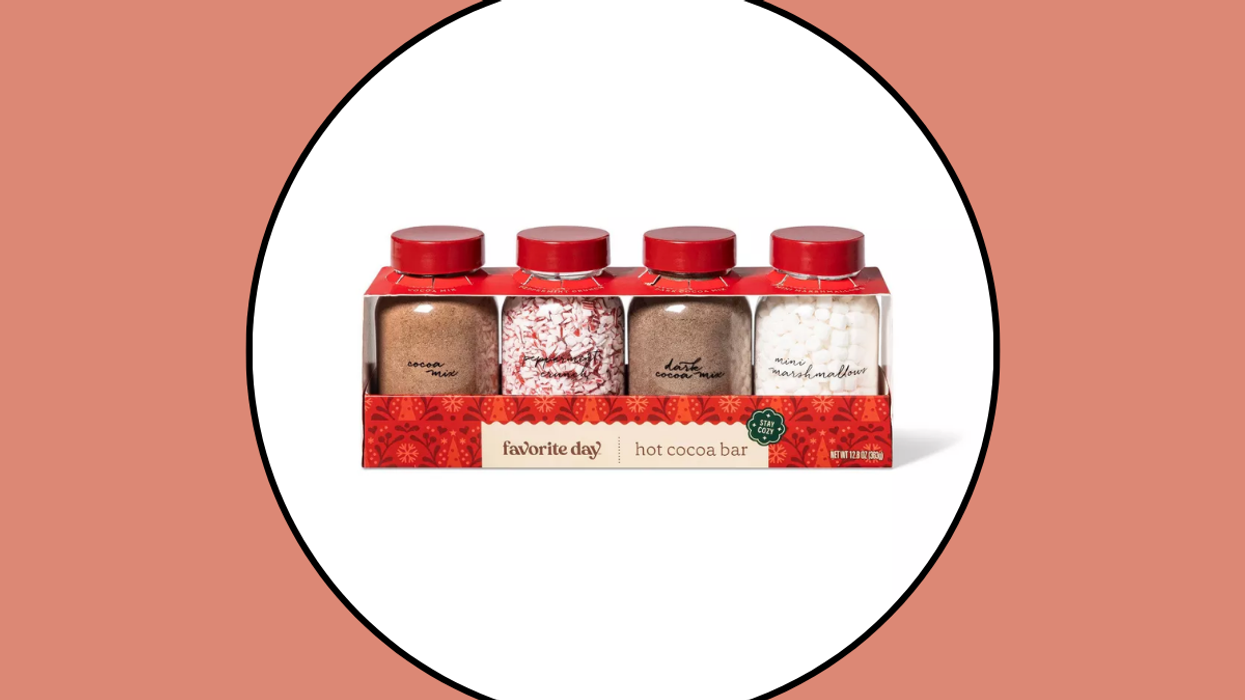Avoid empty calories.
8 Things to Look for in a Healthy Nutrition Bar

Junk food pretending to be healthy can be hard to spot, but scarfing secretly unhealthy foods can zap your energy and prevent you from reaching your health or fitness goals. These sneaky snacks are everywhere, as proven by a recent study that points out as much as a third of popular protein bars have more saturated fat than a Krispy Kreme donut. Yikes! We caught up with certified nutritionist David Ingalls, the founder and CEO of Zing Bars, to get the scoop on what makes a sports bar healthy, along with what you should look for in yours.
Brit + Co: We’ve read a lot of conflicting information on sports bars, such as when (and when not) to eat them, what to look for, and if they should be a meal replacement or a snack. How do you see a bar as part of a healthy diet and lifestyle?
David Ingalls: As nutrition scientists, we endorse the large body of evidence that supports eating small, frequent meals throughout the day, including one to two wholesome snacks. The right nutrition bar, one comprised of low-glycemic carbs, quality protein, healthy fats, and at least three grams of fiber, can be one of these snacks to stave off hunger. It can also work as a healthy meal replacement.
The key here is choosing a bar (either as a snack or meal replacement) that helps you achieve consistent alertness and energy throughout the day — without sugar spikes and lows.
B+C: We admit it: Sugary snacks can be hard to part with, especially once a habit has formed. How do you typically advise people who have a hard time cutting back on afternoon treats?
DI: I’d say to keep it simple: Just swap your favorite sugary snack (like a muffin, pastry, donut, cookie, scone, or banana bread) with a nutritionally balanced bar. It’s a small change that can help you kick-start a healthier regimen.
B+C: You’re clearly a pro at helping people adopt healthier changes; we love that your experience at a nutritional counseling practice is what inspired you to create Zing Bars. How’d that happen?
DI: I worked in a busy, multi-disciplinary clinic in Seattle; blood sugar “dysregulation” was rampant and people needed healthy snacks to help control hunger and provide consistent energy throughout their busy days. I continually suggested snacks like smoked salmon lettuce wraps, hummus and carrots, or almond butter with an apple — but in Seattle’s fast-paced tech world, people had trouble with food prep and following my recommendations. We kept thinking, “If there was just a convenient, packaged product that fit our requirements, our patients would have a much easier time.”
We developed Zing Bars as a side business with three original flavors and sold them out of our counseling offices. Our colleagues in Seattle sold them as well, and unknown to us, some of our patients asked local health food retailers to stock Zing Bars. Suddenly, we were getting calls from local natural foods retailers, smoothie shops, and boutique gyms! It was all an organic extension of the recommendations we were giving to our patients, which came from our desire to make healthy eating habits easier to adopt.
B+C: That’s incredible and we adore your mission to make healthy eating easier. How did you establish the criteria for a bar that truly meets important nutritional needs?
DI: We use the “Vitality Triangle” as a guideline for health- and performance-conscious snackers for achieving sustainable energy. The Vitality Triangle is made up of three components:
- 10+ Grams of Protein: This helps increase muscle tone and activate tissue repair.
- Good Carbs (3+ grams of fiber, less than 10 grams of sugar): Good carbs provide long-lasting energy and won’t spike your blood sugar.
- Good Fats: Good fats support cell function and are healthy for your heart.
B+C: That’s super helpful. Is there anything else we should look for in bars and snacks to make sure it’s more than junk food pretending to be healthy?
DI: Absolutely. Here’s a handful of things to keep in mind:
- Stay away from trans fats. Look for mono and polyunsaturated fats from nuts and seeds; these are good fats and essential to your health.
- Steer clear of common allergens. This means things like gluten, soy, etc. Go for a clean label without additives and artificial ingredients of any kind.
- Look for the highest quality ingredients. Go for bars with ingredients like nuts, nut butters, rice and pea or whey protein, quinoa, organic blueberries, and real dark chocolate — as opposed to waxy, bland compound chocolate.
- Taste is important. Bars have to taste good enough so you and your family will want to eat them!
- Know your certifications. Non-GMO project verified, gluten-free, vegan, and dairy-free bars are also available.
Does your favorite bar pass the test? Tell us on Twitter @BritandCo!
(Featured photo via Getty)


















